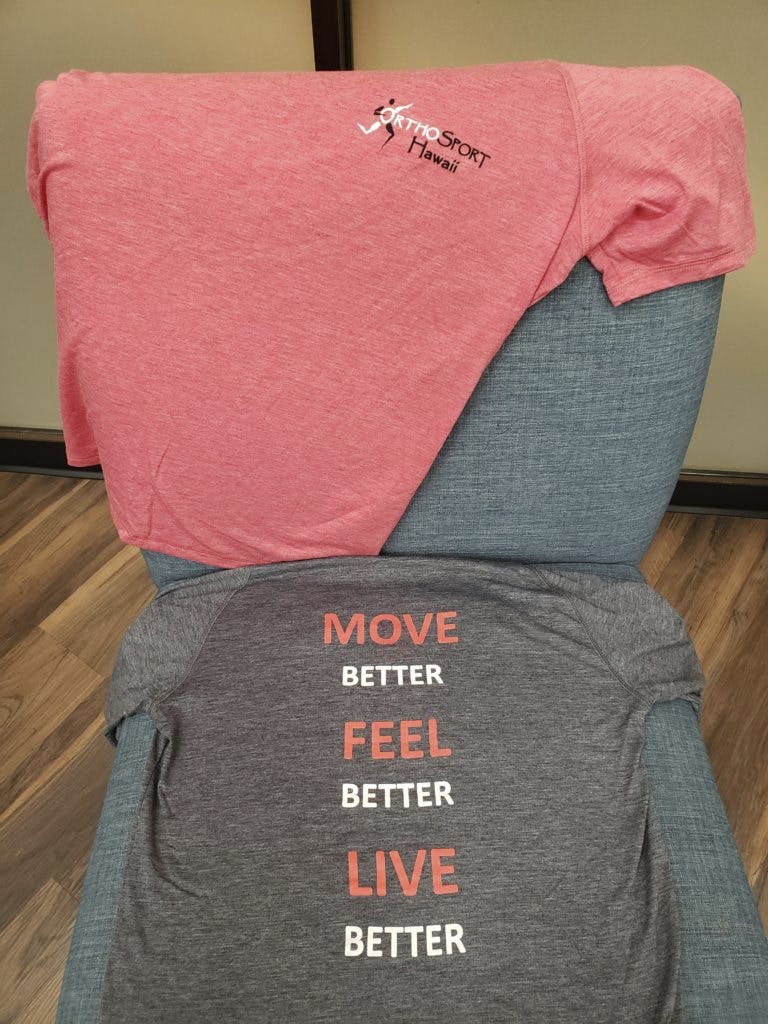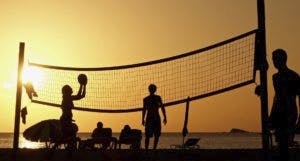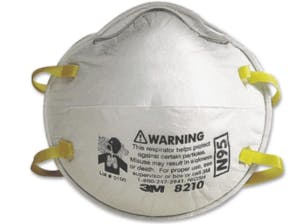Recently I’ve been receiving emails from well-meaning friends with links to articles touting this or that “cure” for COVID19. Unfortunately, these articles are often opinion pieces by bloggers or newsletter writers who want to chime in on rumors or anecdotes they’ve learned about online. When reading these types of articles or evaluating claims that “someone” posted on social media that a friend of a friend forwarded to you, how can you determine if the information presented is legitimate? We’ve all heard about bots and trolls spreading fake news throughout the internet. What tools do we have to evaluate claims, especially ones that contradict what we may be hearing in the mainstream media?

In our previous blog post on Evidence-Based Practice in Medicine, we looked at the scientific method and how it helps us to weed out ineffective medical treatments so that we can focus on what works. We apply the scientific method via research studies, conducted at universities, non-profit foundations, or private companies. The authors of research studies can present their findings to the public in a variety of ways. Usually, a well–run study will be submitted to a peer-reviewed research journal and if the methodologies, data, and conclusions are found to be sound, it may be published. Scholars in the associated scientific field are the experts who must review the research manuscript and decide to publish or send the authors back to the drawing board; hence the term “peer-reviewed.”
An example of a highly respected peer-reviewed journal in the medical field is The Journal of the American Medical Association (JAMA) which is published 48 times a year by the American Medical Association. Its first issue was published in 1883. Another example is the magazine Science which has been published since 1880. There are many more in a variety of specialty biomedical fields. For example, Physical Therapy Journal was first printed in 1921. Research can also be published in industry journals, consumer magazines, corporate communications, government publications, and so forth.

So, when evaluating “research” we first need to know where the information was published. Was it a personal story told on someone’s blog or social media? Was it a report printed by a private company? Was it published in a popular magazine or corporate newsletter? We can figure this out by looking at the reference cited which indicates where to find the original research paper. Scientific references follow a specific format that most of us learned in school. PubMed is the most commonly used search engine as it contains over 30 million articles in the biomedical fields. References are often linked so you can click directly to the study and examine it yourself.
Bloggers, talk radio hosts, social media mavens, and others will often cite “research” but don’t actually provide a reference to that research on PubMed, Google or any other search engine. This is a red flag as it means there is no way to authenticate the claims made. For example, someone could write that “research shows that beet juice improves cardiovascular function” but without a reference that you can look up, how would you know if that’s a factual statement? You can do your own investigation on PubMed or Google Scholar of course. Maybe there is a study on that topic, maybe not. But why wouldn’t the author give you the reference or a link to the study they’re talking about? There could be many reasons but it does make the claim sound suspicious, doesn’t it?
 Now, let’s say that an author does provide a reference to a research study. You find it on PubMed. How do you know if it’s a good study? How do you know if there are problems with the study? How do you know if the researchers had a conflict of interest, such as trying to prove a newly manufactured drug is safe in order to beat a competitor to market? Finding the research in a peer-reviewed journal may help avoid faulty and fraudulent research studies, but that doesn’t necessarily mean that the author’s claims are valid. You may be surprised to learn that some authors will cite a reference that contradicts their claims! They’re counting on the fact that most readers won’t look up the original research or be able to evaluate its findings. Reader beware!
Now, let’s say that an author does provide a reference to a research study. You find it on PubMed. How do you know if it’s a good study? How do you know if there are problems with the study? How do you know if the researchers had a conflict of interest, such as trying to prove a newly manufactured drug is safe in order to beat a competitor to market? Finding the research in a peer-reviewed journal may help avoid faulty and fraudulent research studies, but that doesn’t necessarily mean that the author’s claims are valid. You may be surprised to learn that some authors will cite a reference that contradicts their claims! They’re counting on the fact that most readers won’t look up the original research or be able to evaluate its findings. Reader beware!
But for now, let’s review. When someone writes “a recent study says…” or “researchers agree…” or similar vague phrases we need to think carefully about what they’re saying and see if we can validate their claims. If no evidence can be found, we may need to dismiss their claims. So, when evaluating what you read online, start by asking three basic questions:
- Is there published, supporting evidence?
- Was it published in a respected, peer-reviewed journal?
- Does the study appear free of conflicts of interest?
If you can answer yes to all three questions then your next step would be to look at the type of research study published — be it a case study, randomized control trial, retrospective survey, etc. Evaluating the evidence presented in different types of research will be the next topic in our Evidence–Based Practice in Medicine series.
If you’d like to experience the difference evidence-based, hour-long, physical therapy sessions can make resolving your pain or healing from injury, call OrthoSport Hawaii at 808.373.3555 for more information on scheduling a free online or in-person consult.

 As a way to thank our patients and clients AND support the local economy, OrthoSport Hawaii would like to announce our monthly T-shirt Logo Raffle. Here are the rules:
As a way to thank our patients and clients AND support the local economy, OrthoSport Hawaii would like to announce our monthly T-shirt Logo Raffle. Here are the rules:



 Now, let’s say that an author does
Now, let’s say that an author does 







 The surgical mask is designed to protect others from YOU. So if you are sick you should wear a mask to avoid coughing or sneezing on others. They will NOT protect you from microscopic viruses (note how loosely they fit). However due to panic buying, even these masks are in short supply. If you have extras that you don’t need, you may want to donate those as well.
The surgical mask is designed to protect others from YOU. So if you are sick you should wear a mask to avoid coughing or sneezing on others. They will NOT protect you from microscopic viruses (note how loosely they fit). However due to panic buying, even these masks are in short supply. If you have extras that you don’t need, you may want to donate those as well. By THOMAS FASULO OrthoSport Hawai‘i Medical Fitness Director
By THOMAS FASULO OrthoSport Hawai‘i Medical Fitness Director
 s old, seniors as young as 94 years old, and everything in between. He believes the entire spectrum of wellness is important to consider and strives to make sessions as personalized as possible.
s old, seniors as young as 94 years old, and everything in between. He believes the entire spectrum of wellness is important to consider and strives to make sessions as personalized as possible.